The hoist is one of the most critical components in any crane equipment. Read this post to learn about common hoist issues and their troubleshooting techniques.
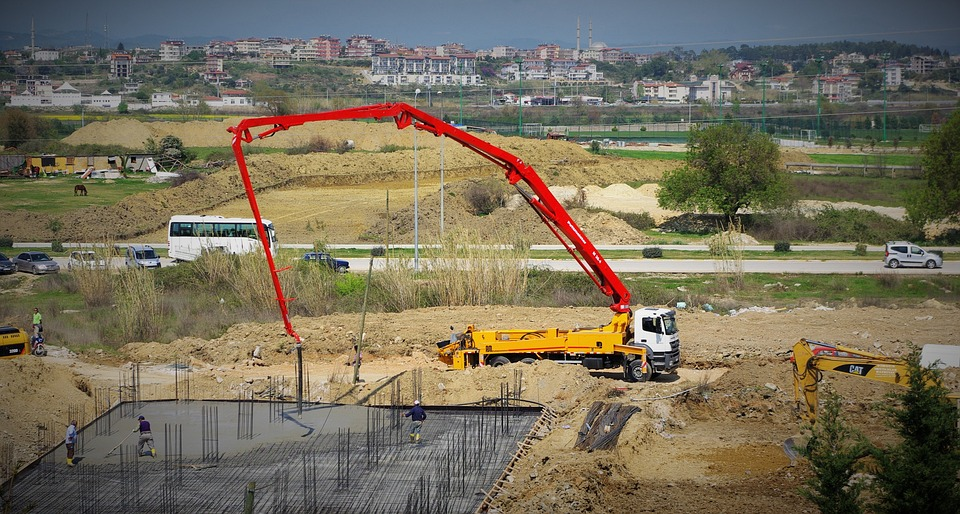
Making sure that every part of your crane works smoothly is critical in crane safety inspections. While each crane component is important, you must pay extra attention to the hoist as it assists in lifting, moving, and unloading material during crane operations.
A hoist is a mechanical component operated by a control unit inside the cabin to lift and lower loads. It comes in various configurations, such as ceiling, stationary, gantry, and mobile hoists. However, all types of hoists are primarily powered by a drum/wheel connected to a rope or sling. Hoist types are further divided into base-mounted, pendent, manual, lever-connected, and electro-hydraulic configurations.
Considering the significance and complexity of crane hoist functions, operators must be able to identify potential hoist issues ahead of time. This is the only way to prevent unforeseen crane lifting accidents and mitigate the risk of injuries and material damage.
Continue reading to learn the ins and outs of crane hoist troubleshooting and the role of crane warning indicators in minimizing hoist problems.
Hoist Rope Problems
A crane is designed to perform a wide range of tasks, but material lifting remains to be the note-worthiest on the list. Featuring a jib, hoist, and sling ropes, cranes can lift and move bulky, heavy-duty loads with minimum errors. However, there's always a high risk associated with crane operations, especially if your equipment doesn't have a well-maintained hoist.
Rope problems are quite common in crane hoists. They compromise crane load support and stability and affect the equipment's ability to safely and smoothly move a load. Frayed and stretched crane ropes can derail hoist performance. Always assess your crane ropes to identify damage signs and ensure that they're properly lubricated and reinforced to the hoist.
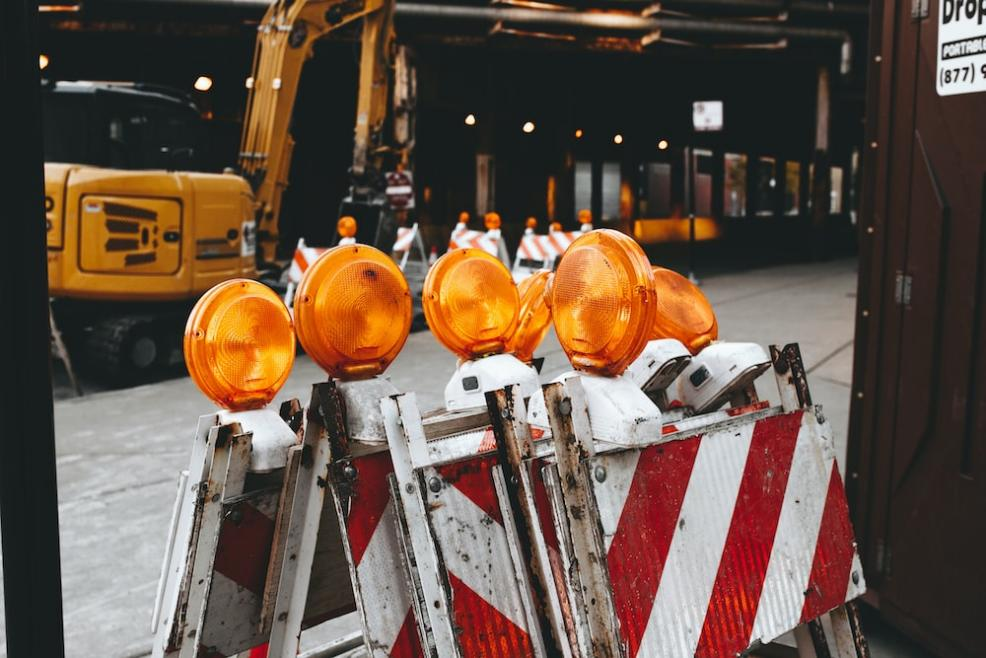
Control Panel Problems
A control panel allows operators to navigate and move crane hoists while balancing their mobility with suspended loads. Control system issues may include anything from a faulty button to the troubled internal wiring, which can ultimately impact the hoist's performance.
Regular inspections, maintenance checks, and control panel trial runs are the key to maintaining your crane hoist's reliability and stability. Experts also recommend operators install a crane camera system, an RCI indicator, or an LMI indicator to improve their control over crane lifting operations. Crane Warning Systems Atlanta brings the original RaycoWylie crane warning devices to the US. The Atlanta-based distributor offers nationwide shipping and 24/7 technical support. Head over to their FAQ section to learn all about the company's crane warning devices, pricing, shipping, deliveries, and more.
Recommended Read: 3 Surprising Crane Facts You Didn't Know
Overloading Risks
Malfunctions in a crane hoist often occur due to overloading and poor material handling on an operator's part or can be a result of missed inspections. Overloading crane accidents can cause significant damage to your equipment. They can also pose a high-grade injury risk to operators and other crane workers at a job site.
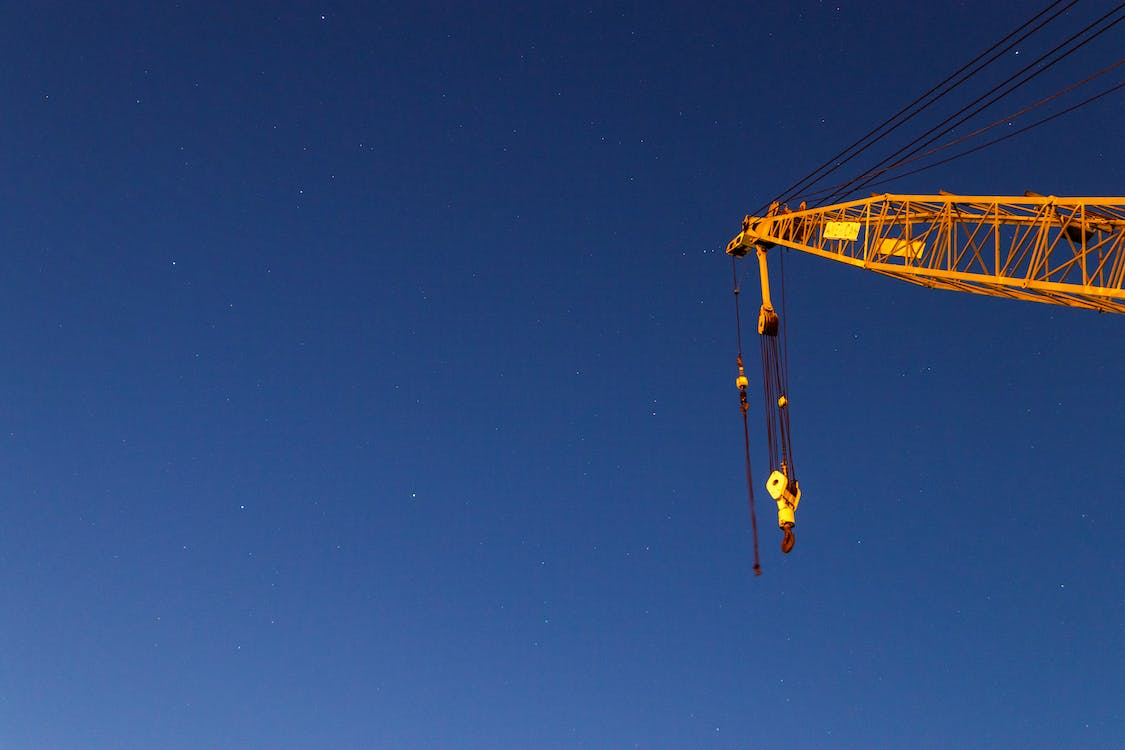
Always keep your crane load chart handy before lifting a load. Avoid exceeding the recommended load weight and radius limits. Install a crane load limit and rated capacity indicator for real-time monitoring and overloading risk prevention.
Power Issues
Smooth power inflow is important for proper hoist functioning. Fluctuations and varying voltage can damage a hoist and cause fault wires and short circuits. All the electrical components in your crane should have a steady power supply, as they can affect the overall hoist performance. OSHA recommends crane inspection teams check the electricity supply before lifting operations and arrange backup power sources to mitigate downtime.
Check Out Crane Warning Systems Atlanta's Wide Range of Crane Warning Indicators and Safety Devices in the US
Crane Warning Systems Atlanta is a trusted crane safety products distributor in the US. Its team has been providing exemplary products and customer services since 2001, allowing crane businesses to prevent accidents and worker injuries.
Head over to their product page to explore various types of crane alarm that can seamlessly integrate into your truck, crawler, carry deck, and telescopic boom cranes. It offers a wide range of RaycoWylie crane safety devices like ATB, Load links, and RCI systems to help crane businesses optimize equipment and operator safety.
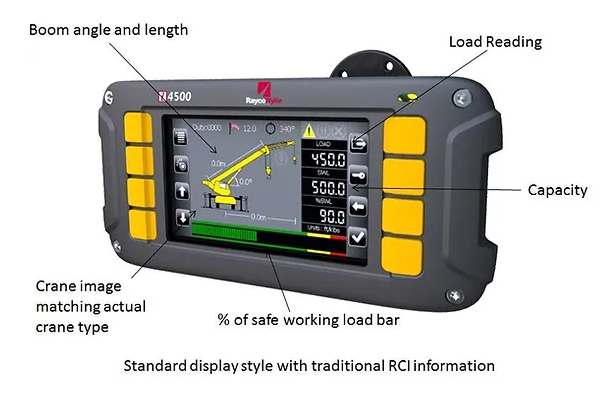
Call them today for more details.
About the Author
This post's author is a renowned crane safety instructor in the US. She has over 15 years of work experience and is well-versed in crane safety practices, troubleshooting, and on-site inspections. She regularly contributes to Crane Warning Systems Atlanta's website to educate readers about the importance of crane safety devices and warning indicators.
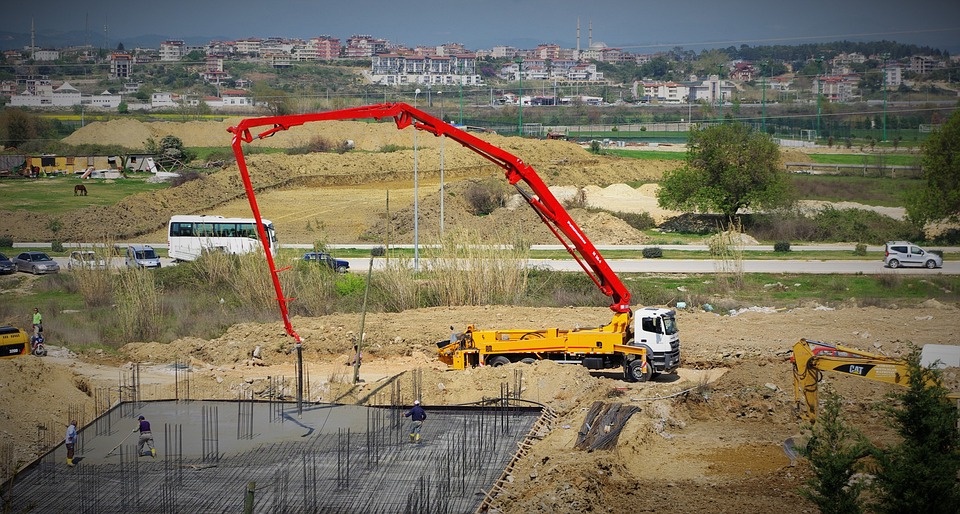

No comments yet